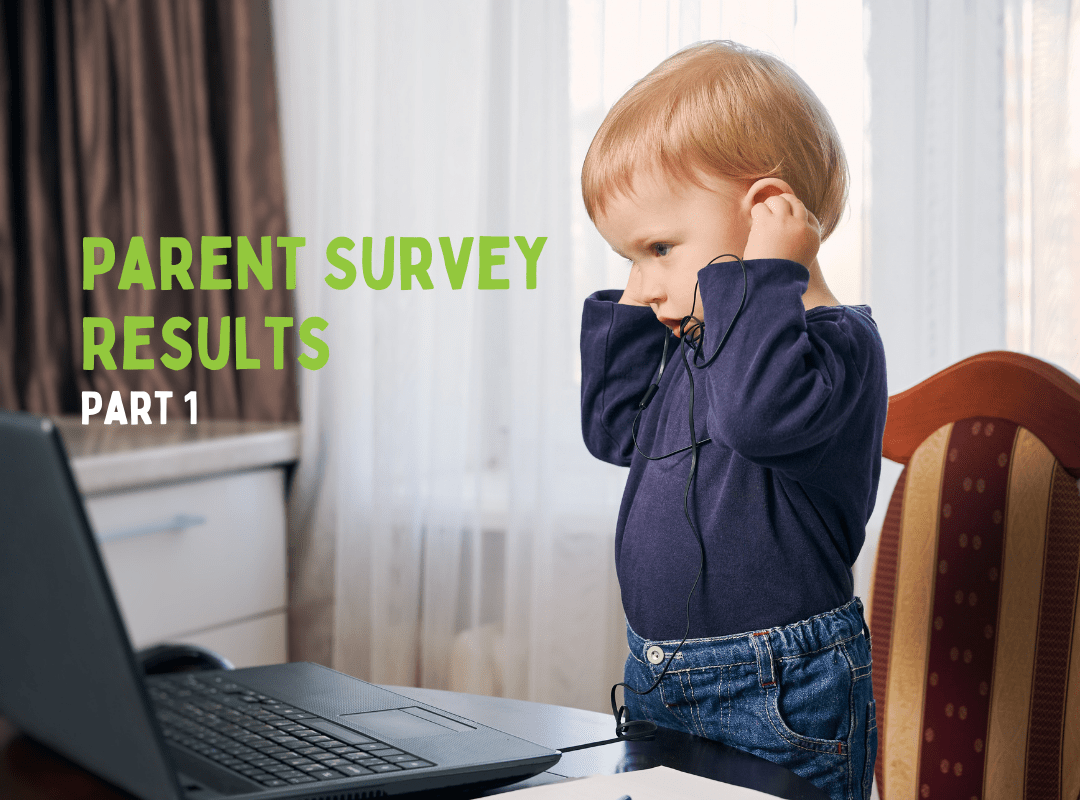
During the early days of the pandemic, practices quickly secured a telehealth platform to conduct virtual care visits while their offices were closed. Now that office doors have reopened and practices have returned to in-office care, the questions exist: should practices still incorporate virtual care visits into their business procedures, and how do they integrate virtual care into their daily operations?
The Driving Demand: Patients Are More Acclimated to Technology
For many clinicians, the perception is that patients overwhelmingly still prefer and want office visits. As a result, many offices have returned to business as usual and continue to use existing processes and business models that have worked in the past. However, the use of telehealth during the first year of the pandemic revealed a new reality for both patients and clinicians—that many healthcare visits normally seen in-office can be successfully conducted remotely. These virtual encounters also connected what was missing in prior patient experience models: a convenient, easy-to-use way for patients to connect with their provider and receive the care they needed from the comfort of their own home.
Additionally, an overall technology shift changed how patients use technology across all facets of their life. As a result, patients are more acclimated and willing to conduct most of their day-to-day activities virtually—from online banking, shopping online, to ordering meals through apps. And, they want the same convenience and ease of use when it comes to their healthcare experience.
In a recent study that Anytime Pediatrics conducted with over 1,500 patients, patients are split down the middle when it comes to a preference between virtual and in-office care. About 50% of patients (759 respondents) said they prefer virtual visits while 49.5% (754 respondents) said that they prefer in-office visits.
When asked why patients prefer virtual visits, the overwhelming response was convenience and time effectiveness (65%, 979 responses), second was appointment availability (10%, 150 responses), and after-hours care access (10%, 145 responses), and ease of use (10%, 144 responses) came in a very close third and fourth.
Patients are more technology savvy and prioritize convenience and timely visits, in addition to the benefits provided by an in-office visit. Clinicians must start to understand that in order to keep their practices viable and successful in the coming years, it is crucial to develop a holistic patient engagement model that provides both in-office and virtual care visits.
Holistic Patient Engagement: Blending Virtual Care with In-Office Visits
Practices need to be open to changes that can foster a more positive patient experience. As noted in the Anytime Pediatrics patient survey, patients value both the personal connection and care that comes from in-person visits AND the convenience, timeliness, and immediate care that is offered with virtual care visits. This means clinicians should be looking at ways to better promote and integrate their telehealth solution, as well as finding an after-hours virtual care solution that can connect patients to care when their practice is closed, such as in the evenings, on the weekends, or during the holidays.
One of the first steps in moving toward holistic patient engagement is to assess how your office is managing your telehealth solution. Of the following scenarios, which one is your practice currently using?
- Is your practice currently not using a telehealth solution?
- Has your practice abandoned its telehealth solution and returned to mainly serving patients in person?
- Has your practice adopted a “lite” hybrid model? Meaning that operations focus primarily on in-office visits but are using a telehealth solution for a small percentage of visits or on an as-needed basis, such as COVID-19 testing and sick/flu appointments. If you are using “lite” model is your practice actively promoting or informing patients of your virtual care offering?
- Has your practice taken steps to incorporate telehealth into your patient experience, actively providing and informing in-person and virtual options to your patients? Do you offer an after-hours care solution that allows your patients to connect to on-call practitioners when your office doors are closed?
If any of the above scenarios fit into your current business model, Anytime Pediatrics can help you make the transition toward a more holistic, hybrid patient engagement model. We understand there are many obstacles within the healthcare system that make it difficult for you to meet all of your patients’ expectations. However, what you can control are the services you offer and how you offer them. Contact us today to explore ways in which you can meet patient demand and how to better integrate virtual care into your daily operations.